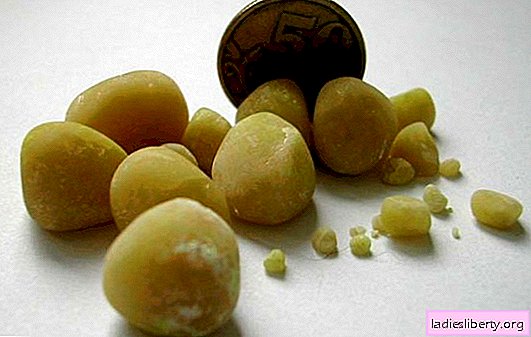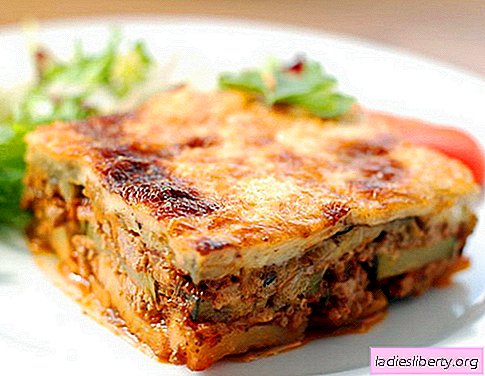
Citrus fruits are angiosperms from the Rutov family, which are used primarily for food purposes. New studies have found that oranges, tangerines and clementines increase skin sensitivity to ultraviolet radiation. In plants, phytocoumarins were discovered - compounds that are involved in increasing skin sensitivity.
Key finding: Citrus intake increases the risk of skin cancer. What dose can cause cancer?
What do citrus fruits contain?
A common area of application for citrus fruits is the food industry. The fruits of plants are eaten raw, and about 1/3 are processed into juice and other products. Citrus fruits are mainly known for their high content of vitamin C and minerals. The most popular types are mandarins, clementines, unshiu, oranges. Citrus fruits do not ripen after harvest, therefore, are one of the non-climacteric fruits. They are also sensitive to cold - below 2 ° C - and have a slightly bitter taste. Ideal storage conditions - 7 ° C and high humidity.
Essential oils formed in the glands of the outer shells also make them useful in seasonings. The outer shell is also processed into lemon and jam. Sour citrus juice is used less frequently, but also for seasoning. Leaves - similar to laurels - are added to food as a spice. In Arabic cuisine, dried citrus fruits are known as a seasoning ingredient.
White inner shells contain a large amount of pectin, and therefore are also used for industrial production of gelatin. Essential oil is also obtained from flowers. Phytocoumarins are found mainly in the outer and inner shell of citrus fruits.
What harm do citrus fruits do in high doses?
Chinese researchers have studied the phytochemicals of citrus fruits and their consequences. Data was based on more than 100,000 people. For over 25 years, they have been regularly asked about lifestyle and eating habits. 1840 participants fell ill with melanoma. A surprising conclusion of scientists: everyone who consumed 1.6 or more standard servings of citrus fruit per day was 36% more likely to suffer from melanoma.
As a comparison, people who consumed less than 2 servings of citrus fruit per week were used. By "serving" was meant an orange, half a grapefruit or a glass of juice. The connection was especially clear when using whole grapefruit.
It was previously thought that possible factors — age, nicotine intake, sports, or being overweight — increase the risk of melanoma. Currently (2018), the relationship between melanoma and citrus has been reliably proven.
Malignant skin melanoma is the most severe form of cancer. It is most often found in men on the back, and in women on the lower extremities. Every year, more than 21,000 people in Russia develop malignant melanoma.
There are about 9,000 people diagnosed with early forms of melanoma. The risk of developing melanoma during life is about 1: 500 in Russia and 1:50 in Australia. Particularly affected are middle-aged people: from 45 to 60 years. Despite the lack of discomfort and relatively small size, melanomas can cause premature tumors. Metastases most often occur in the lymph nodes, as well as in other organs. Important for prognosis is early tumor removal.
Scientists attribute their observation mainly to furocoumarins. Secondary plant ingredients are found in citrus plants. From animal experiments, it is known that molecules enhance the skin's sensitivity to light. When exposed to ultraviolet radiation, furocoumarins enter into covalent bonds with the pyrimidine bases of DNA. As a result, the risk of developing a cancerous tumor increases. A Chinese scientist explains that patients are advised to limit their intake of citrus.
People who consume a lot of citrus fruits should not be exposed to excessive ultraviolet radiation.
The increase in disease over the past three decades is mainly due to changes in diet and increased life expectancy.
The researchers also stated that limiting citrus fruits to 1 serving per week by 20% reduces the risk of cancer.
It is not worth giving up fruits completely, but abuse will do more harm than good.











